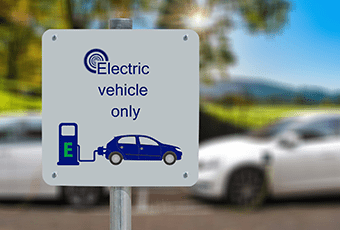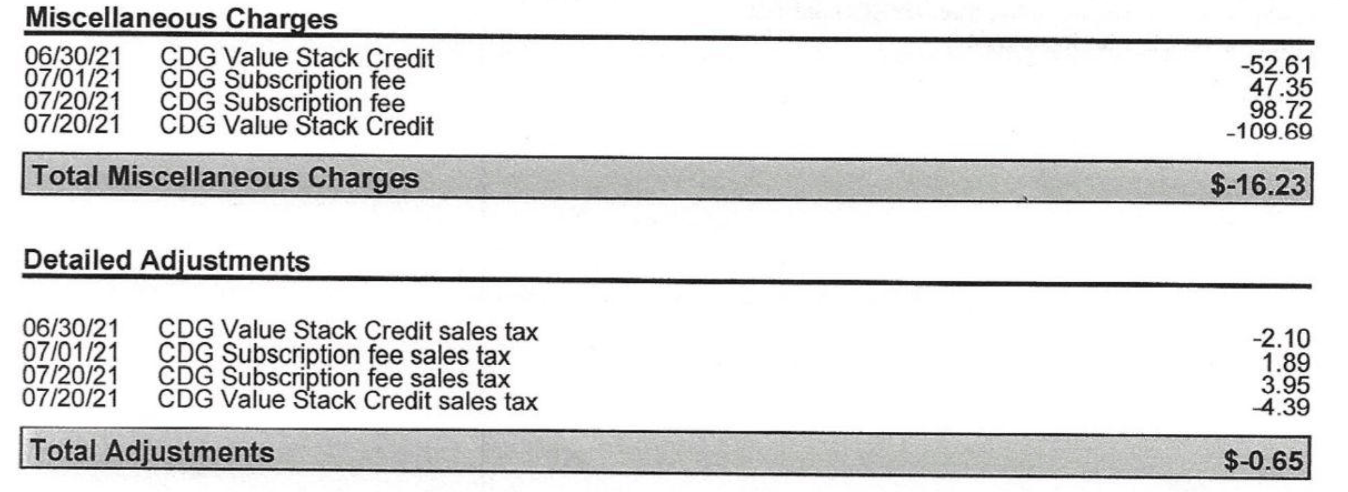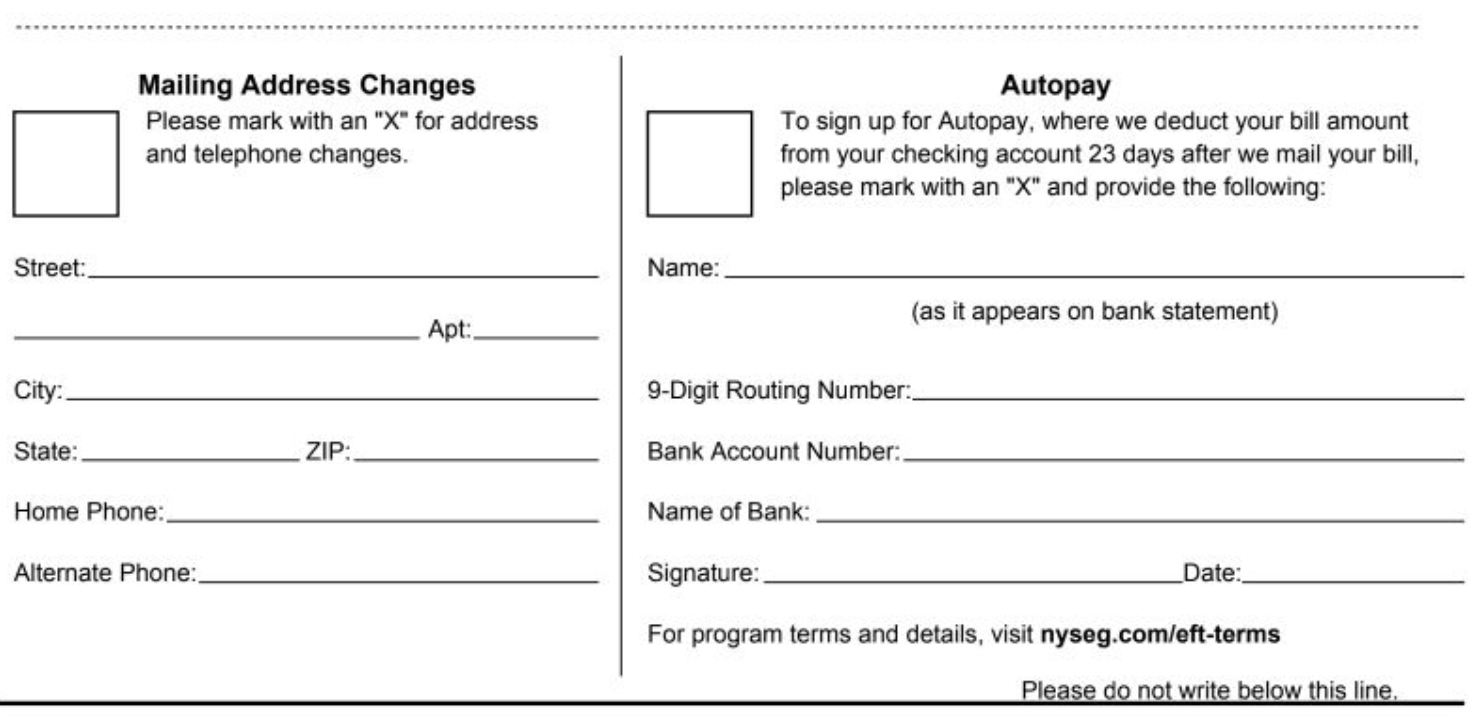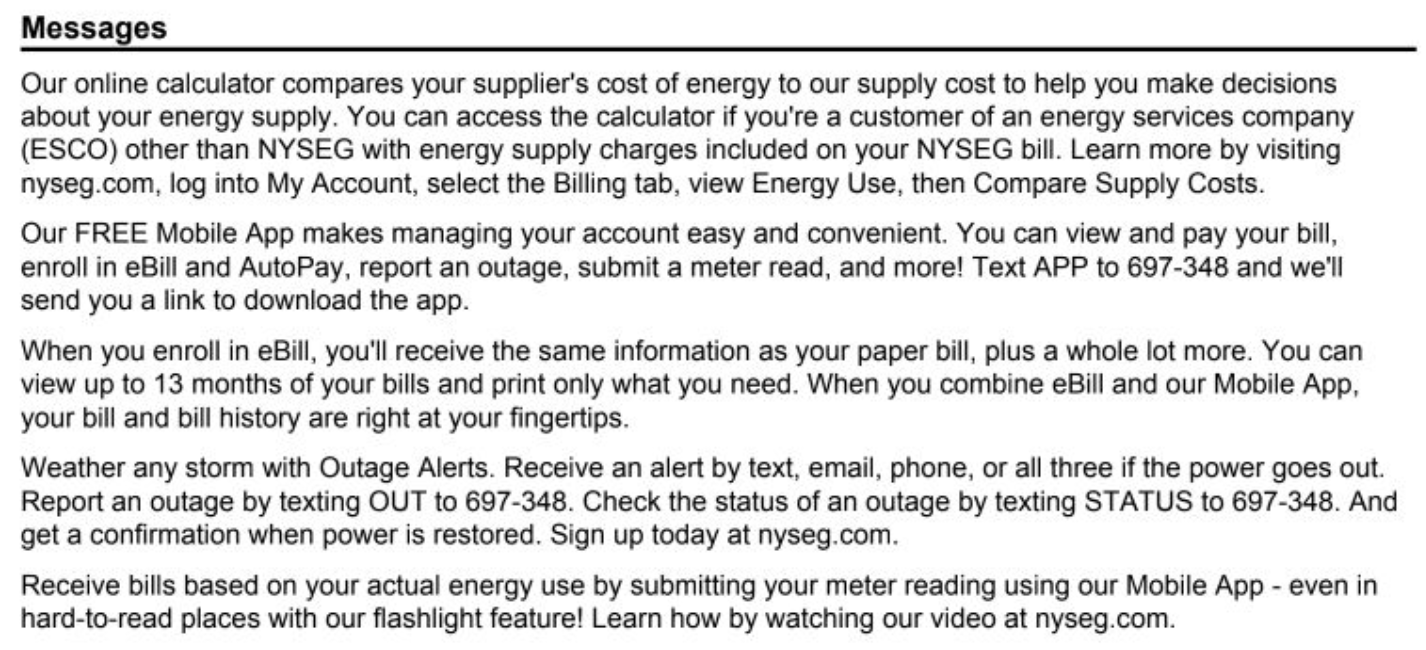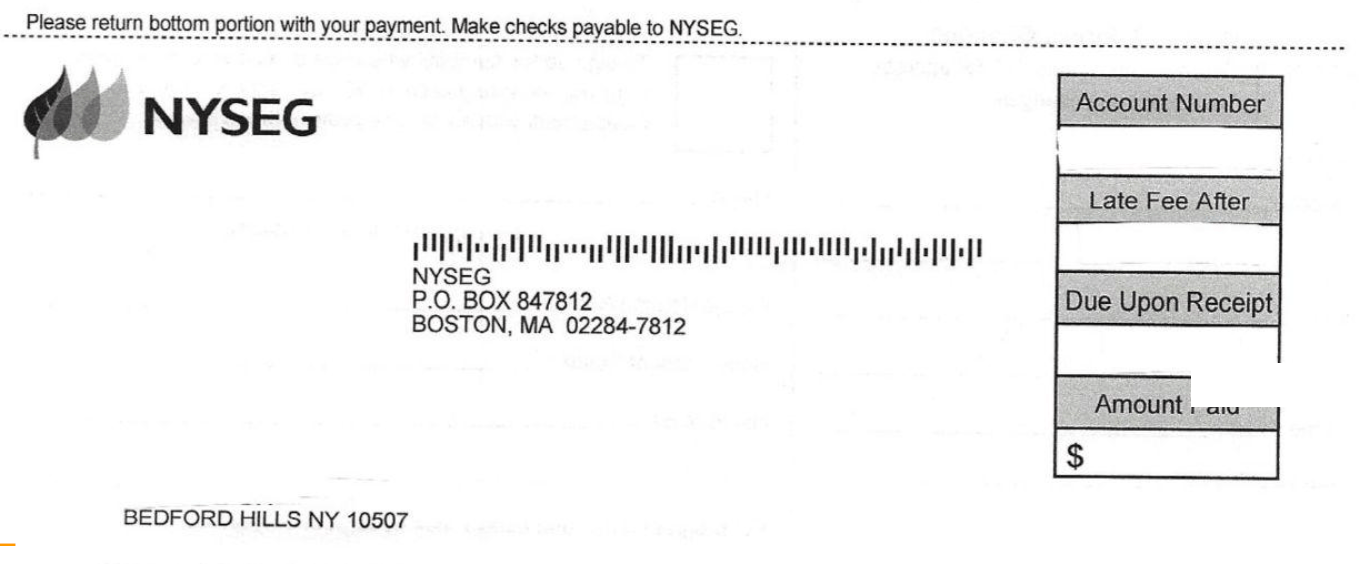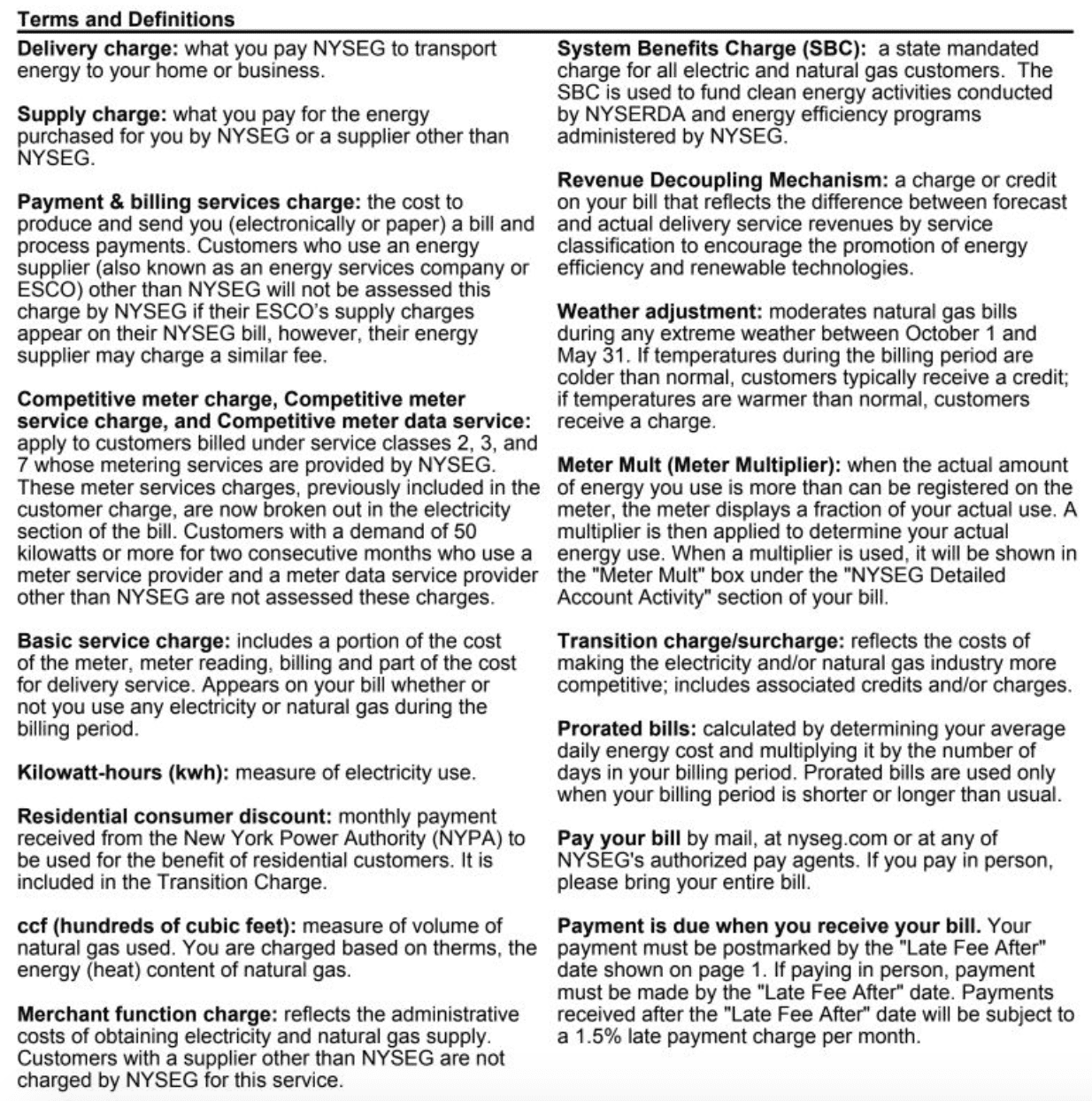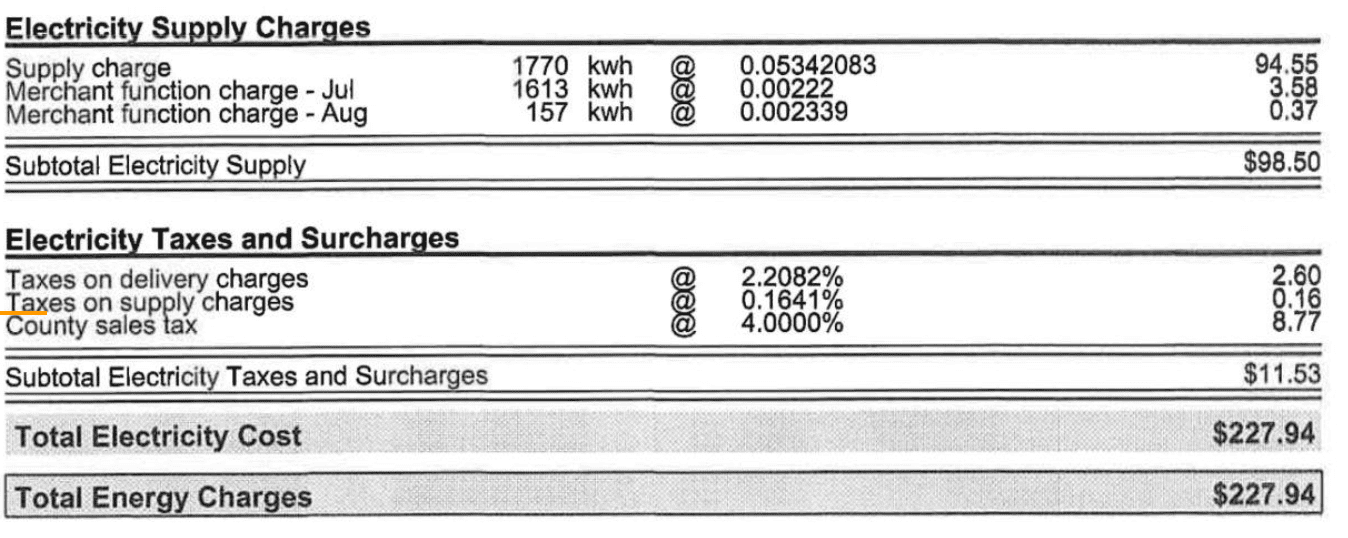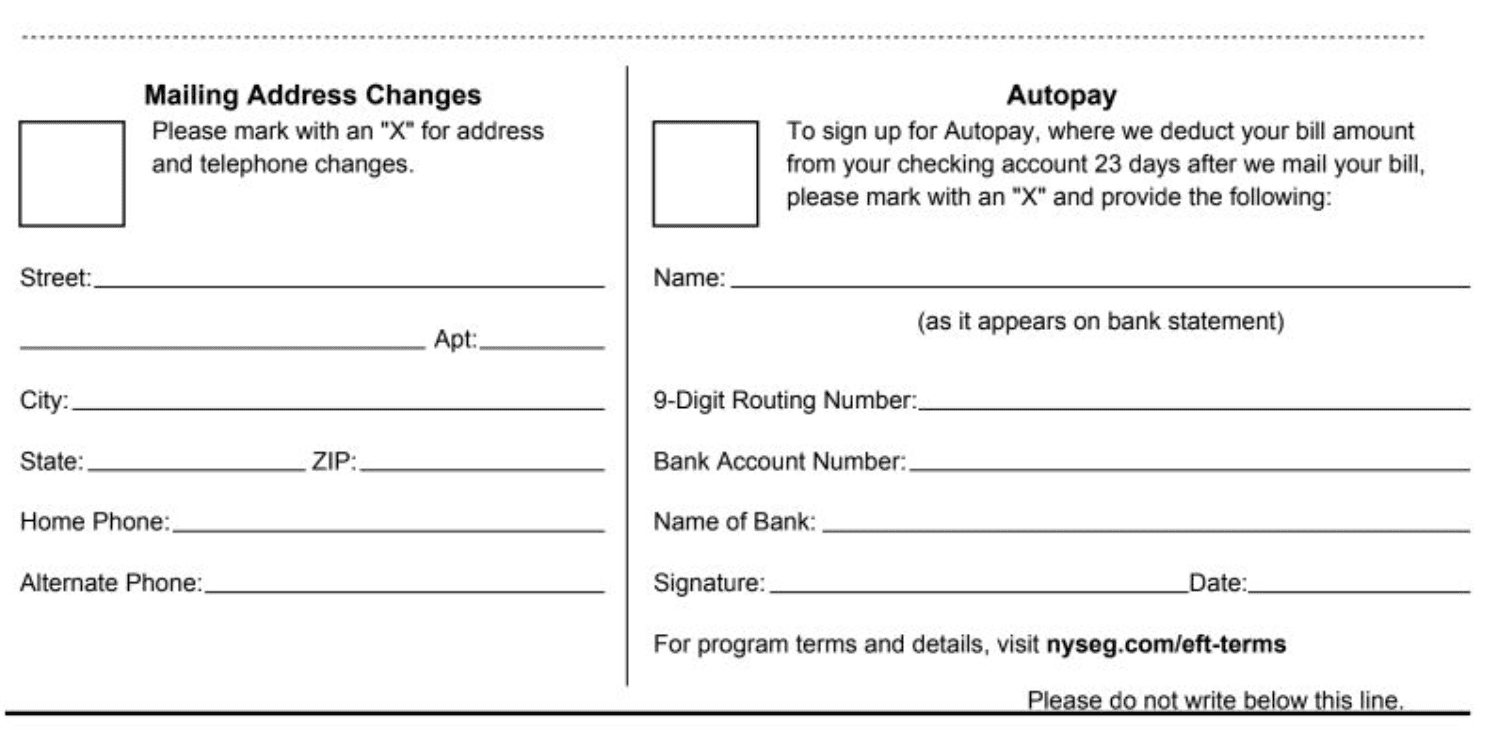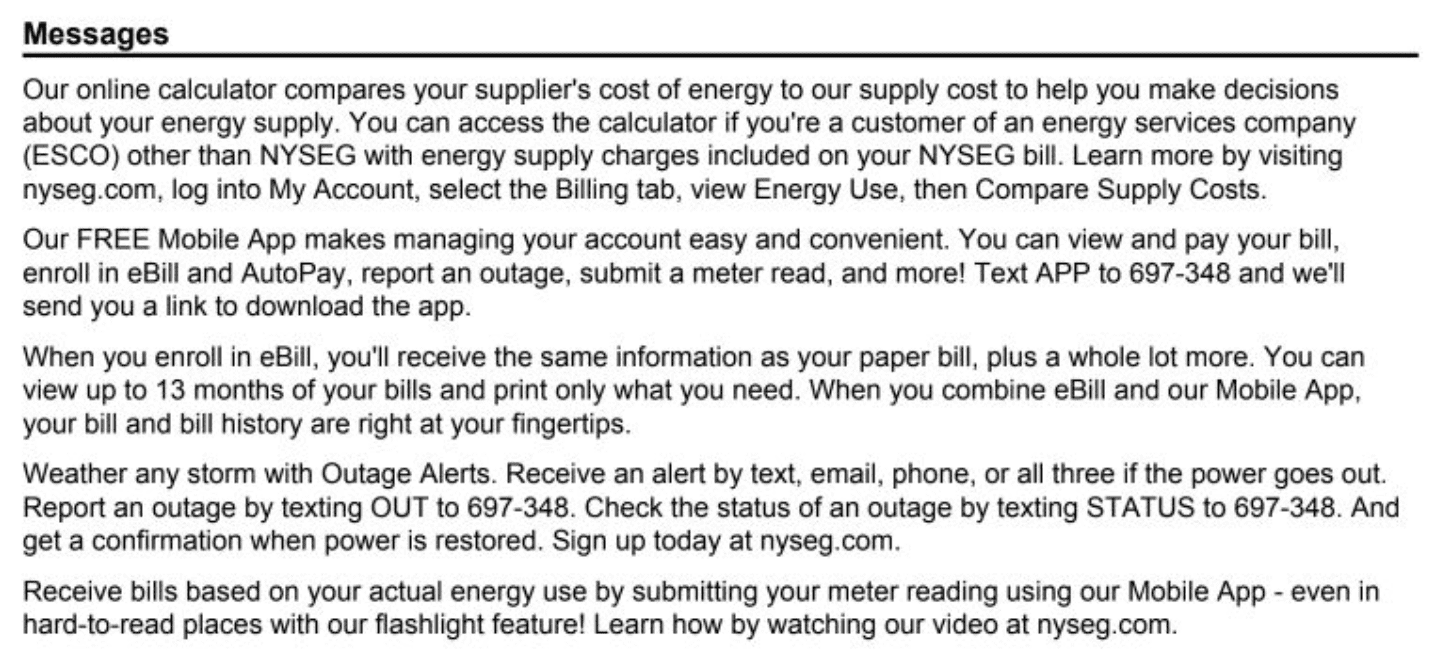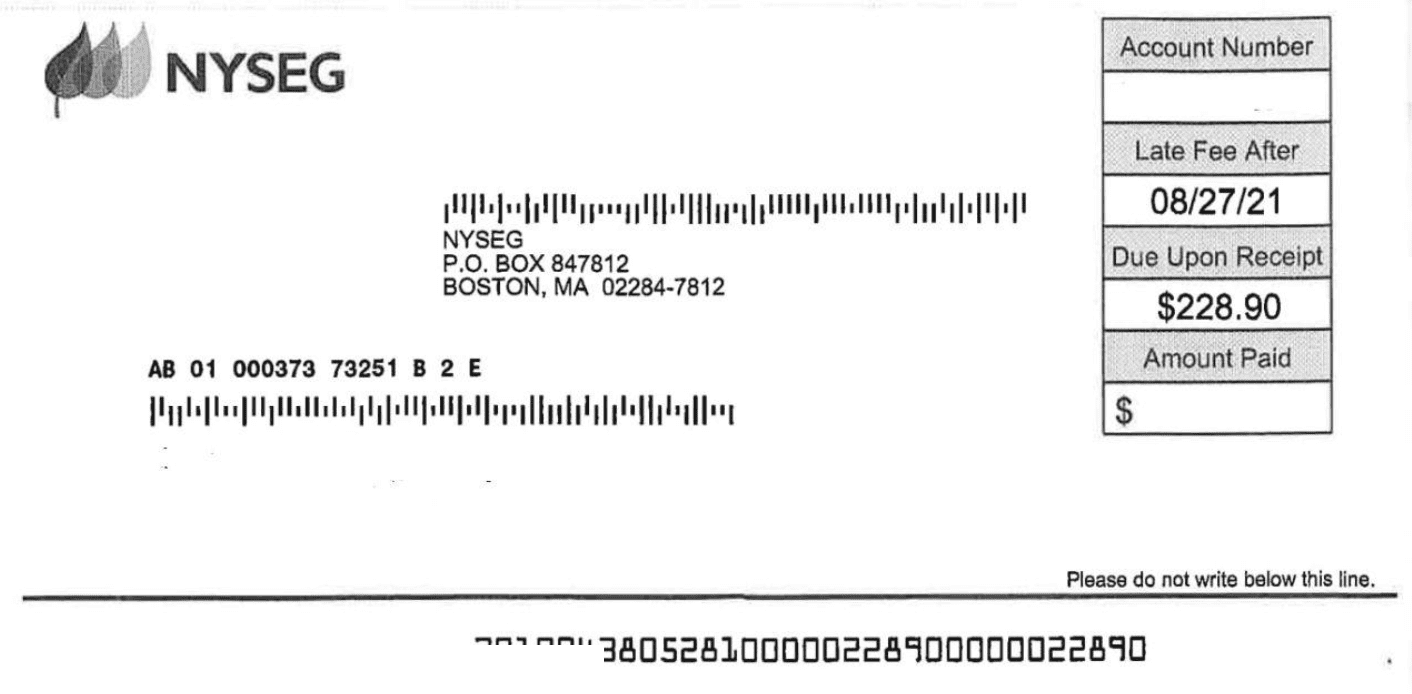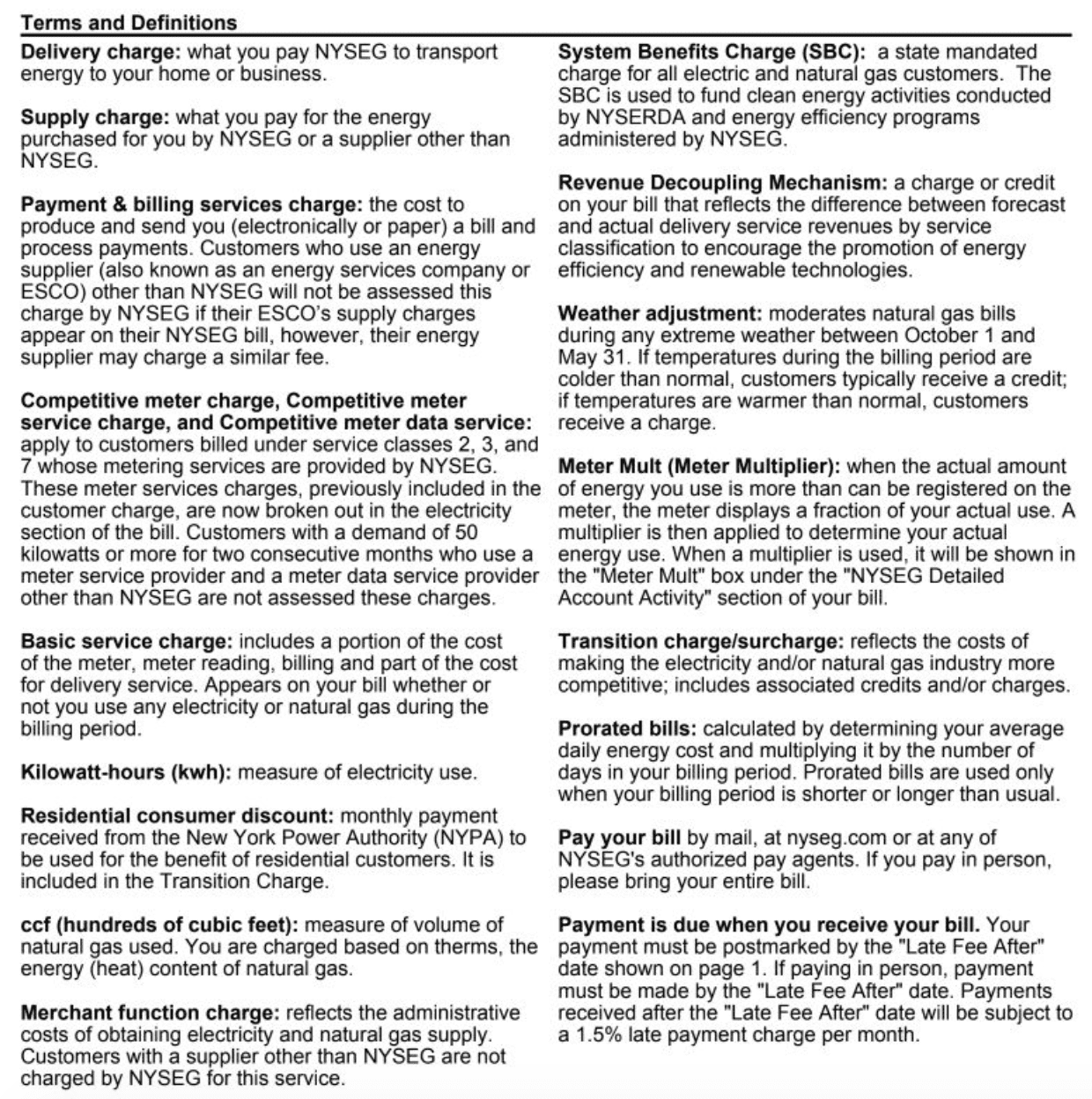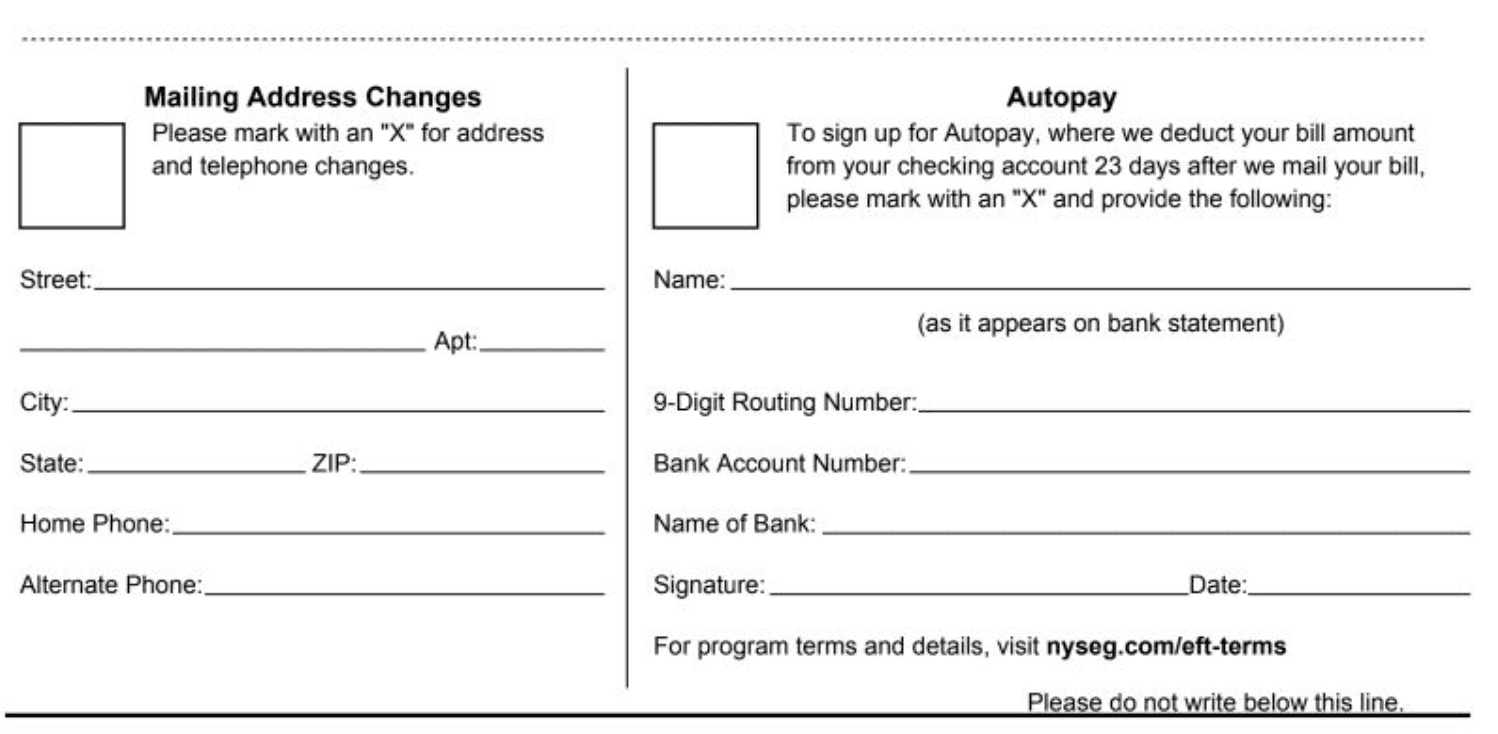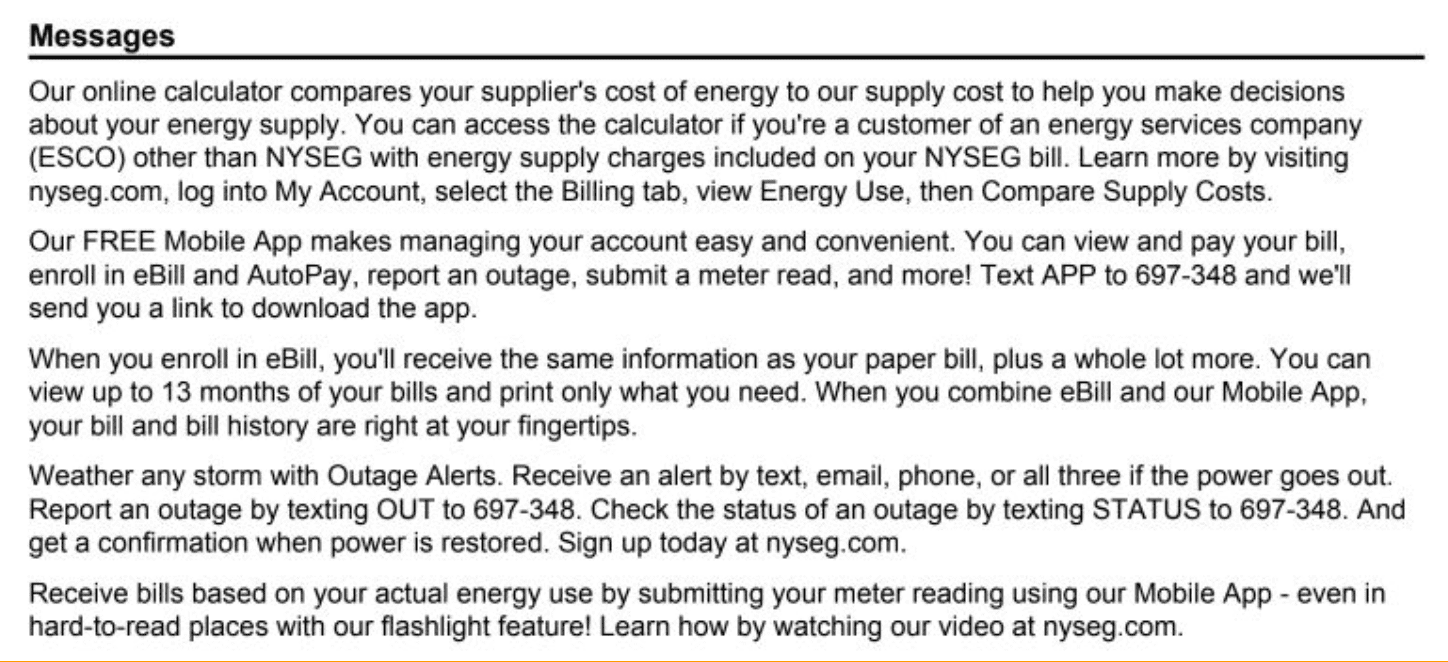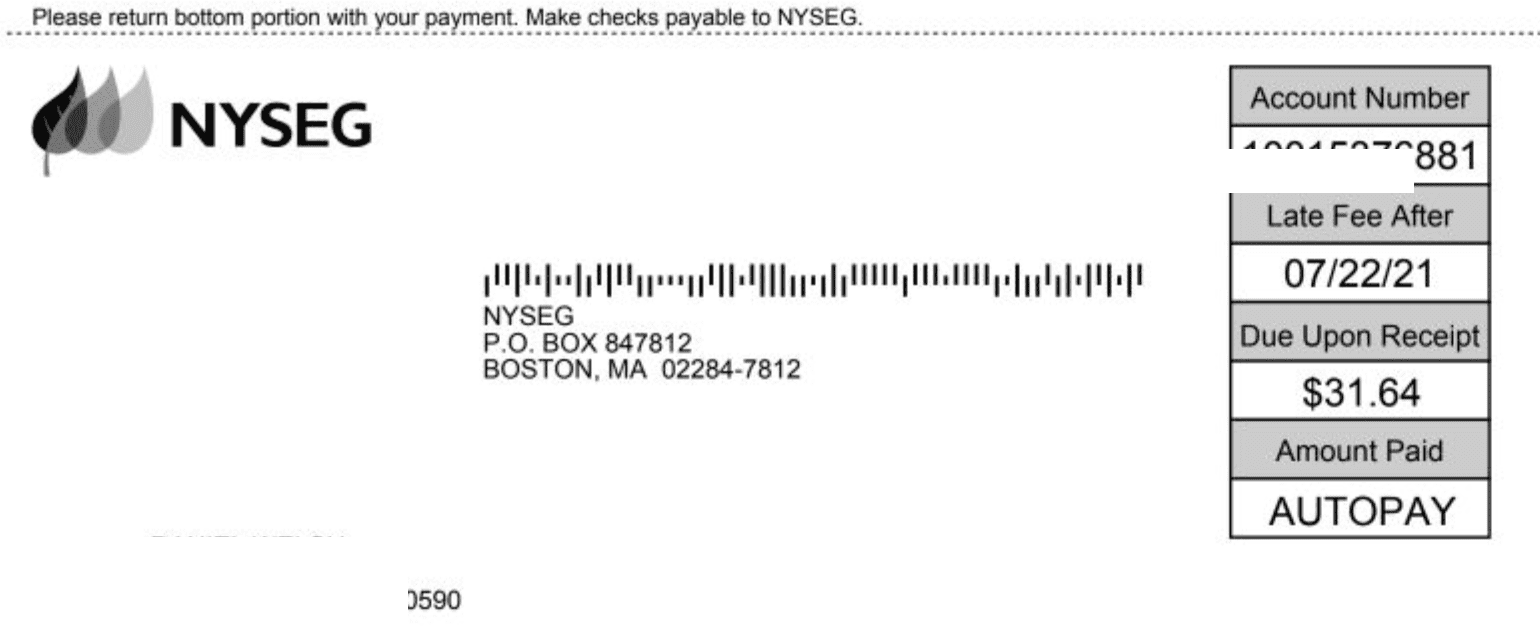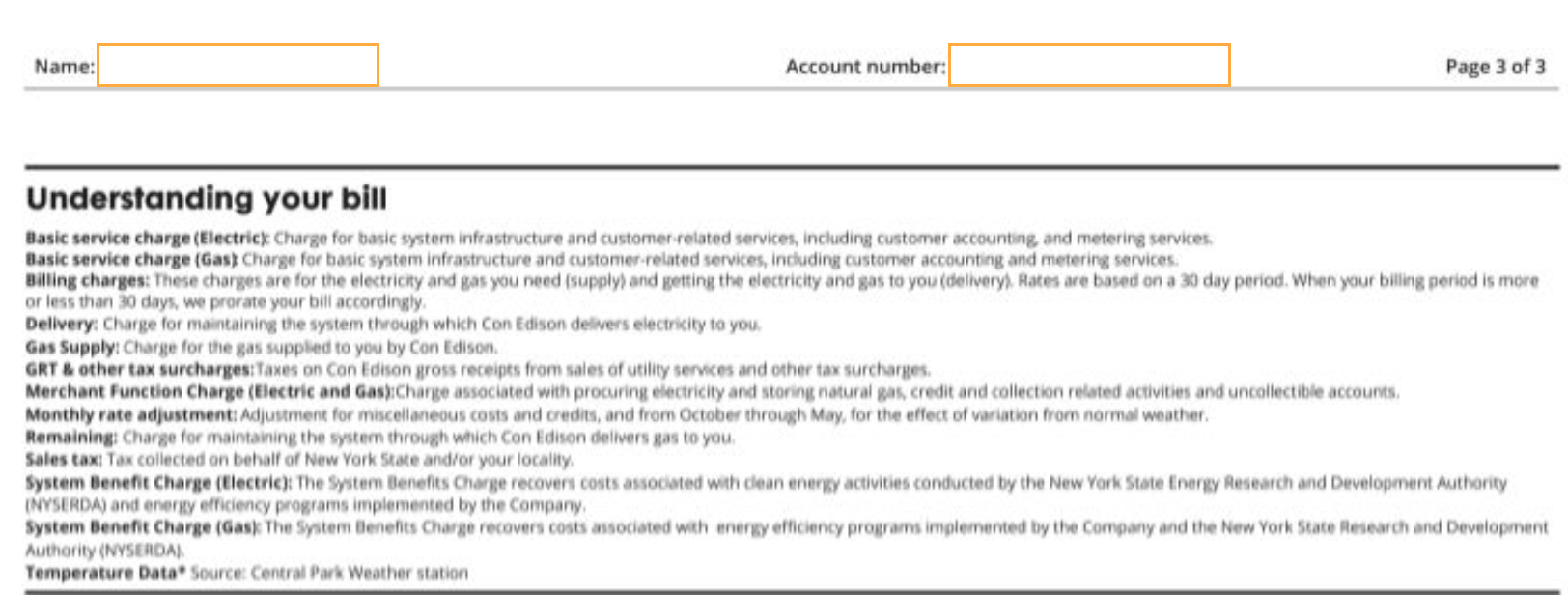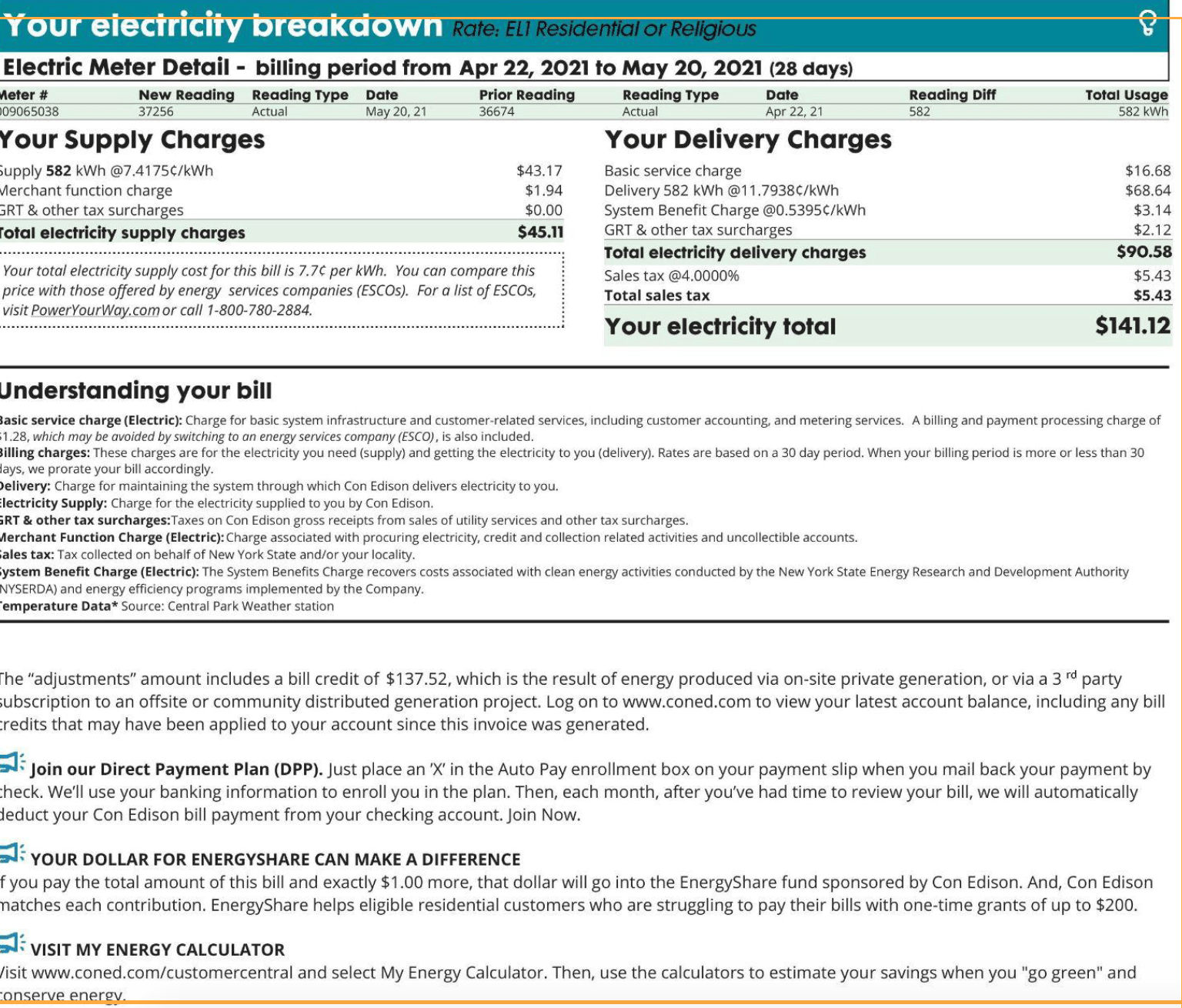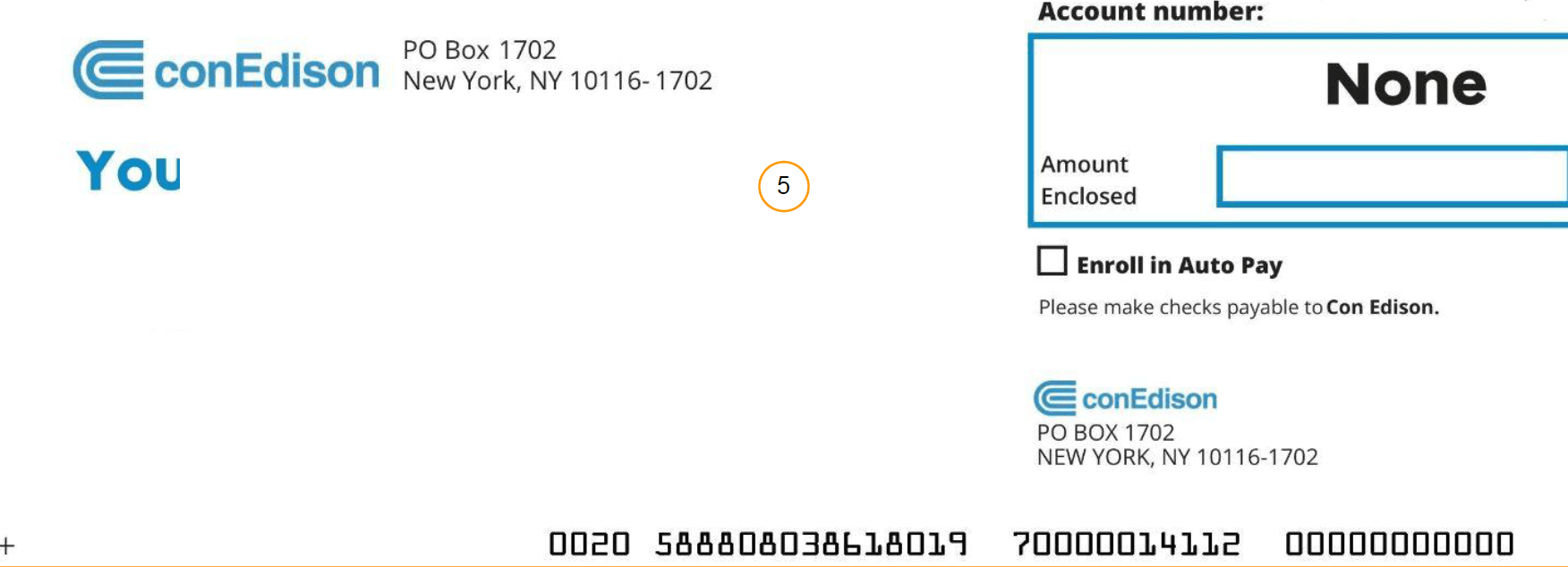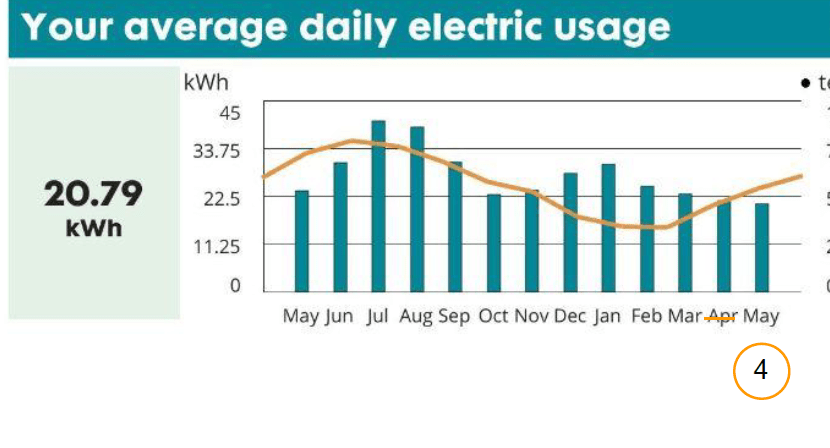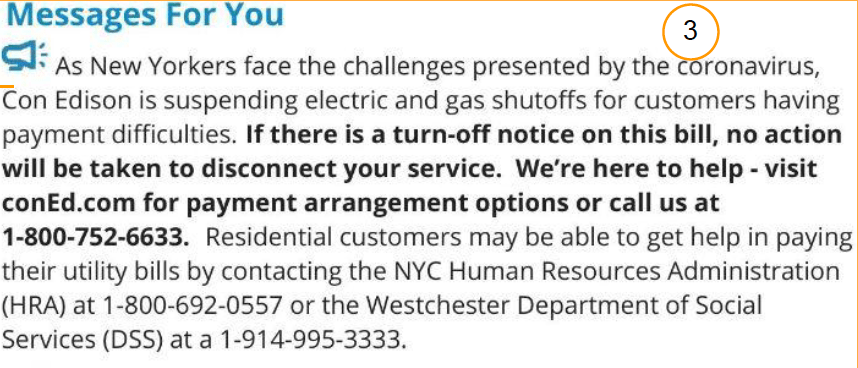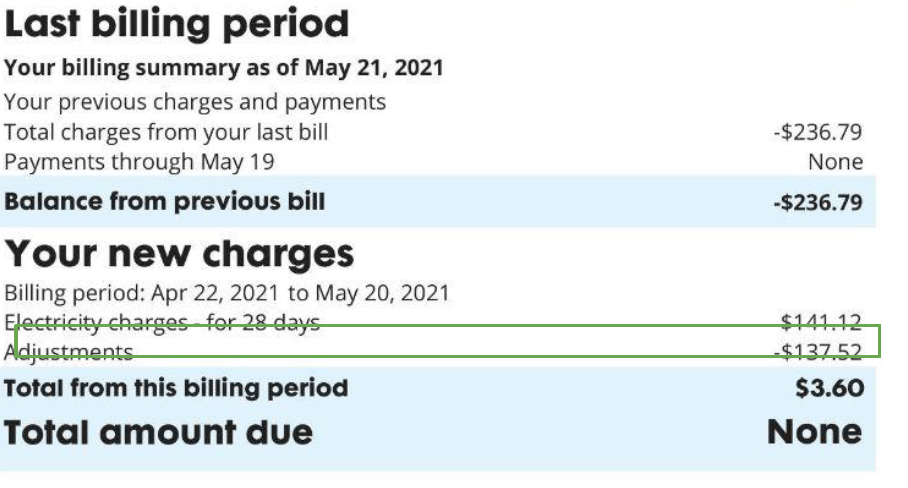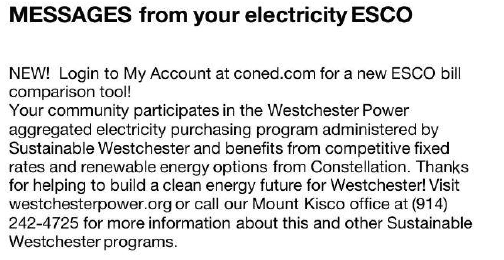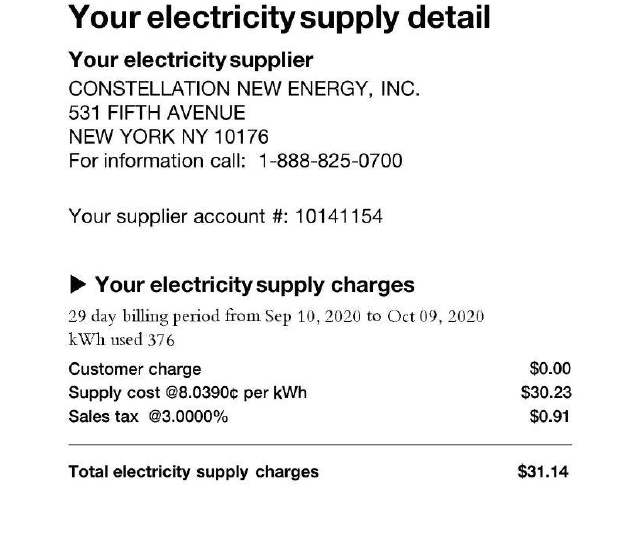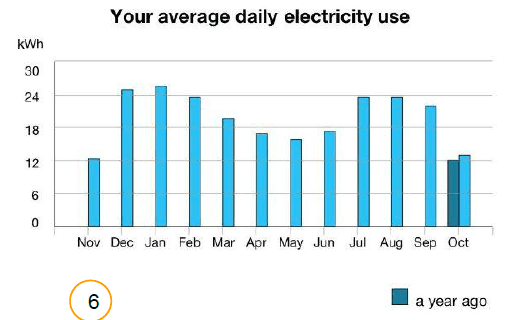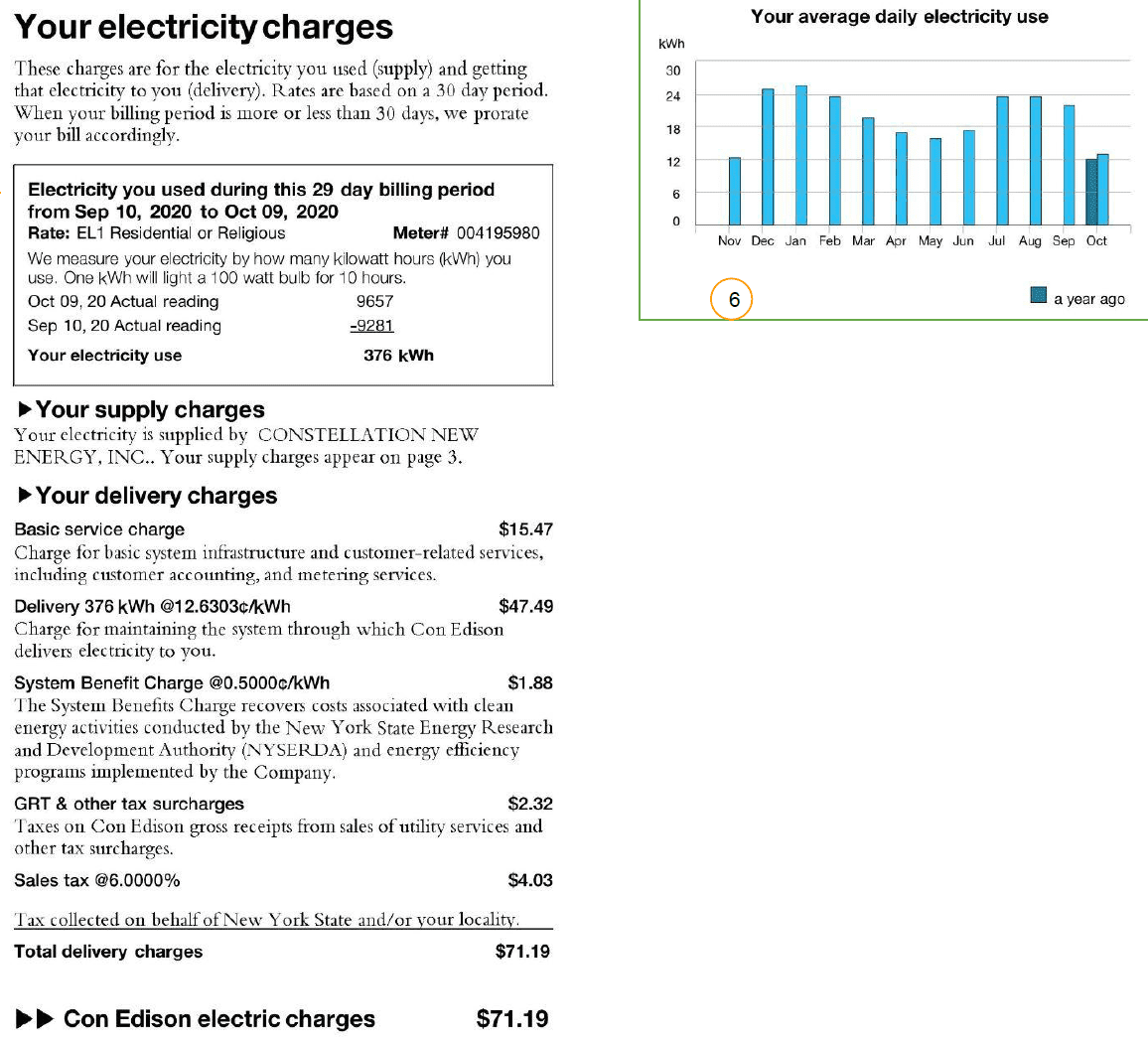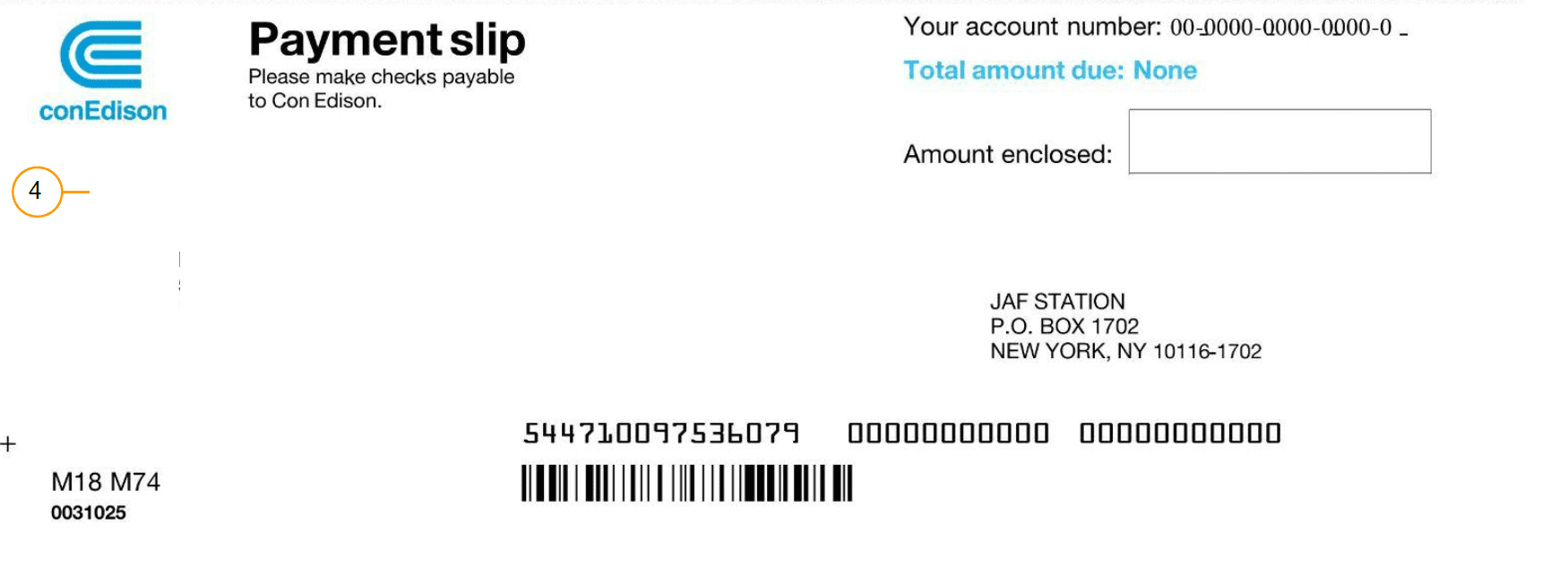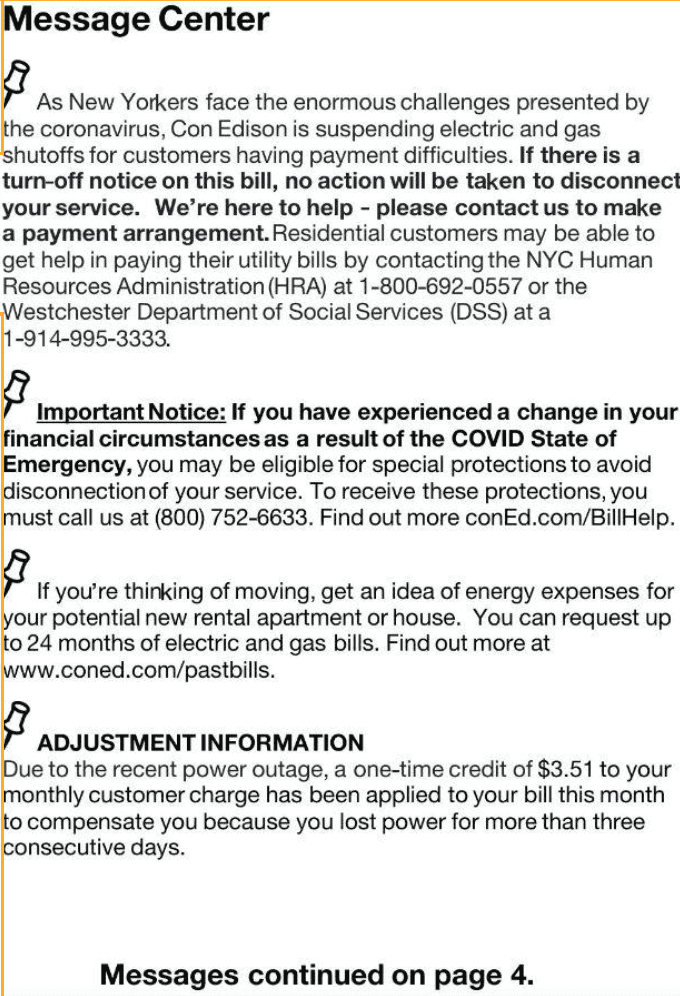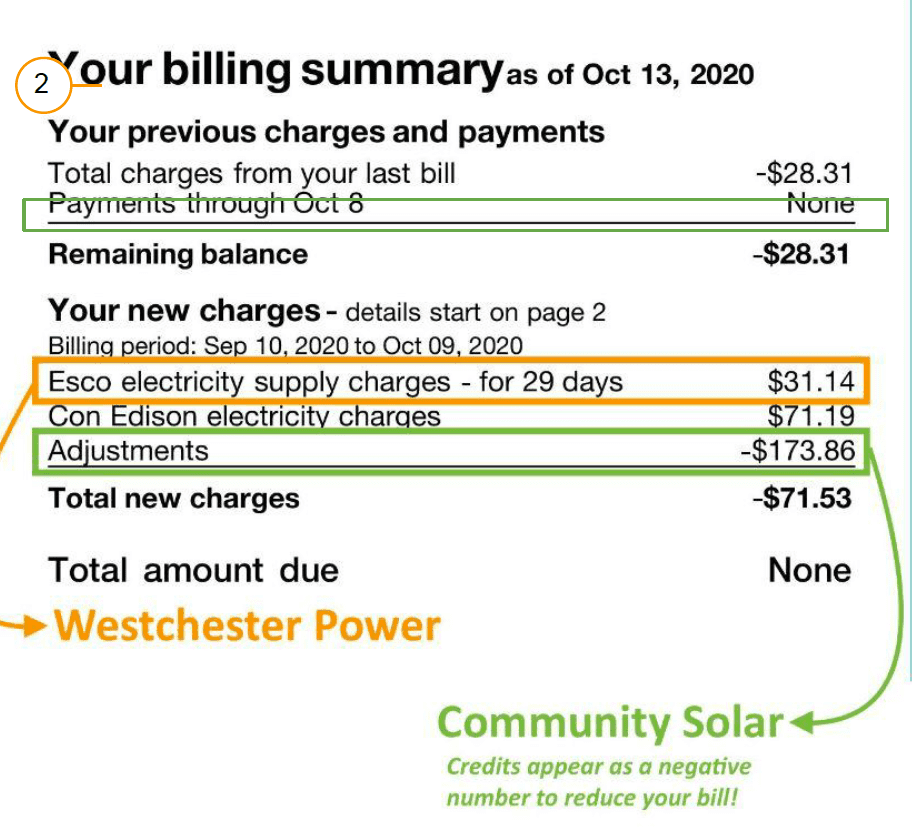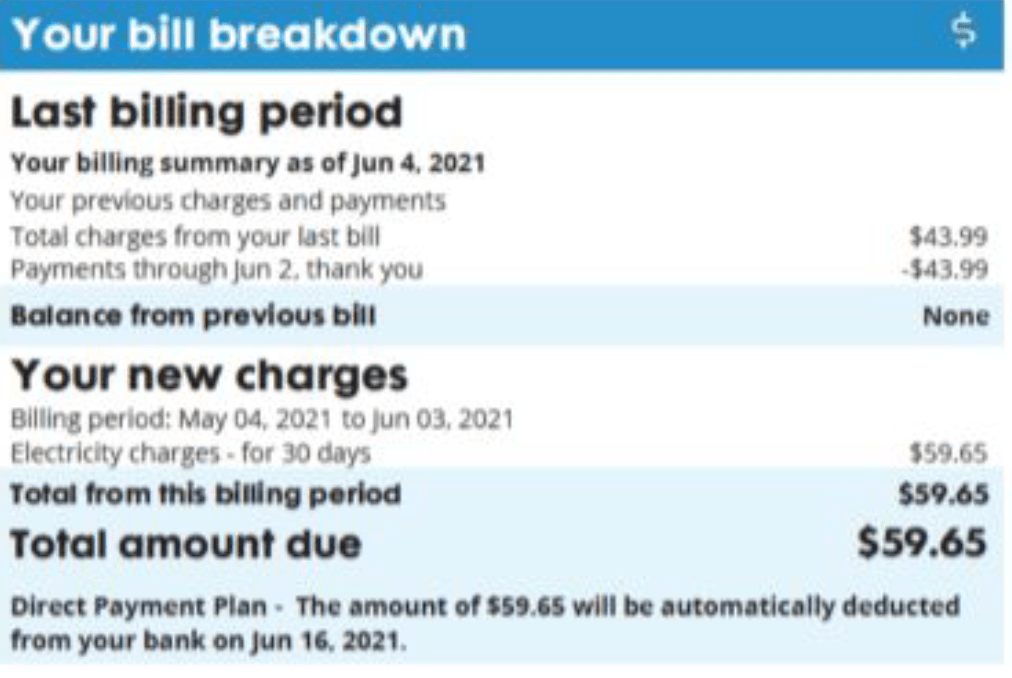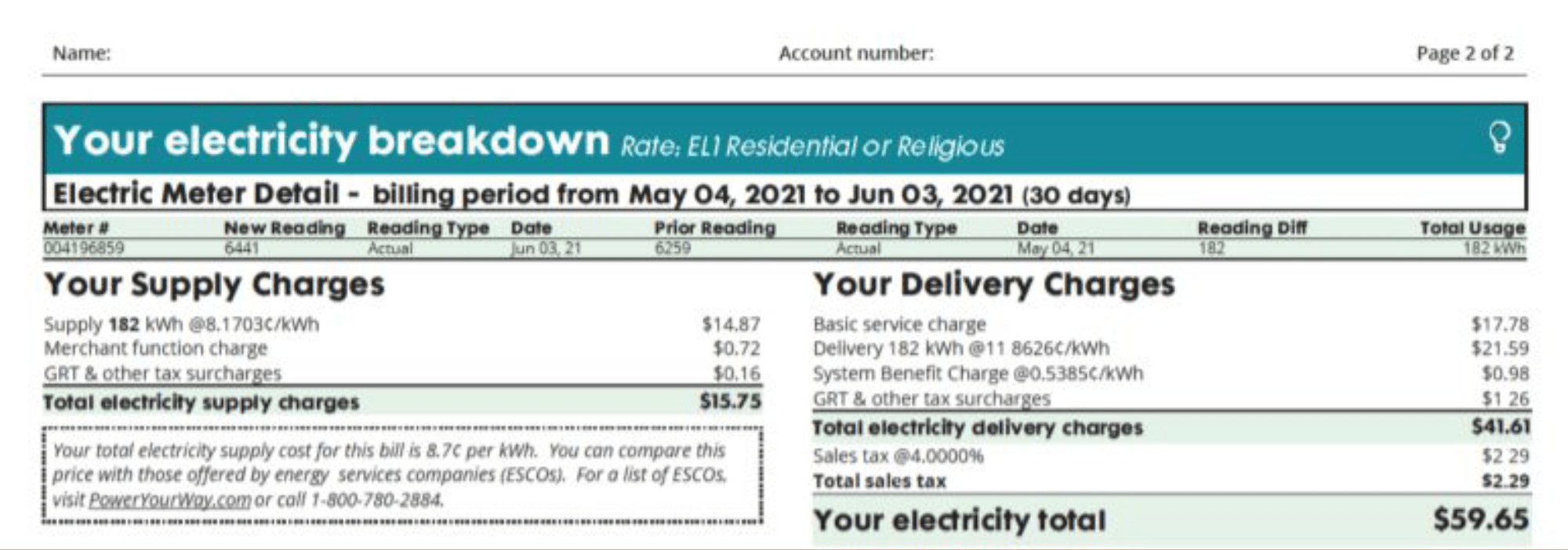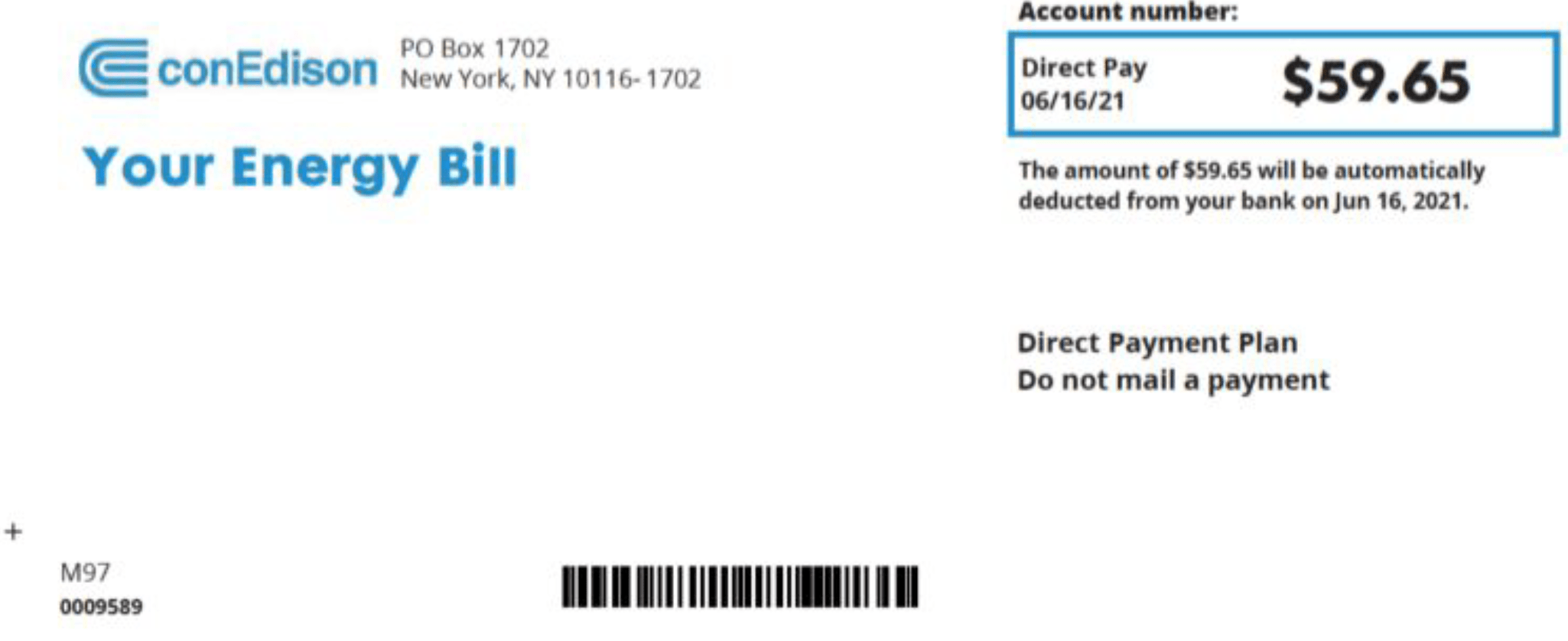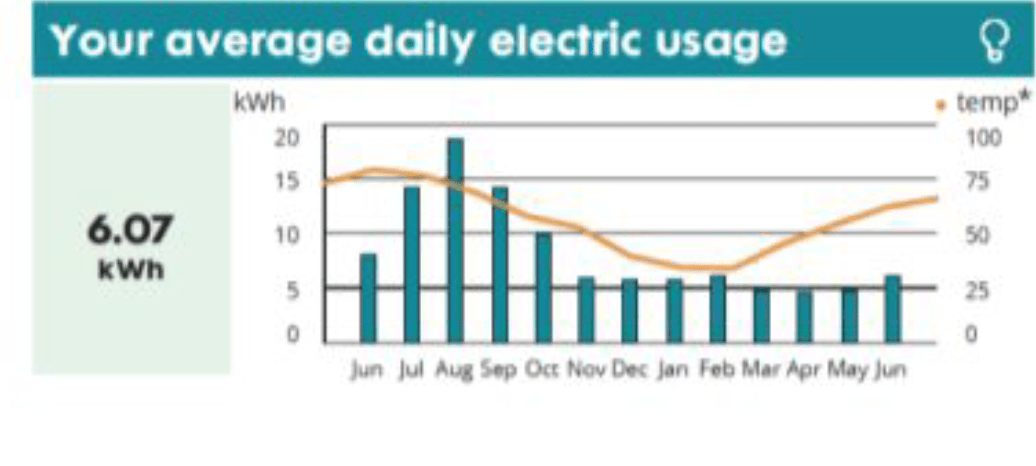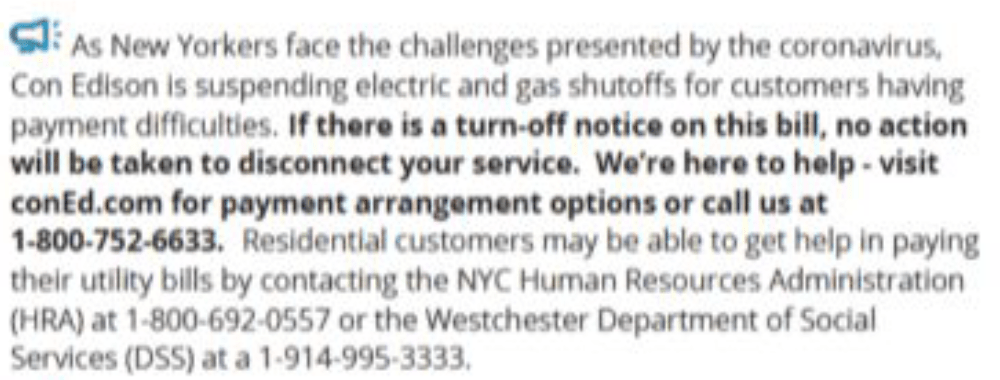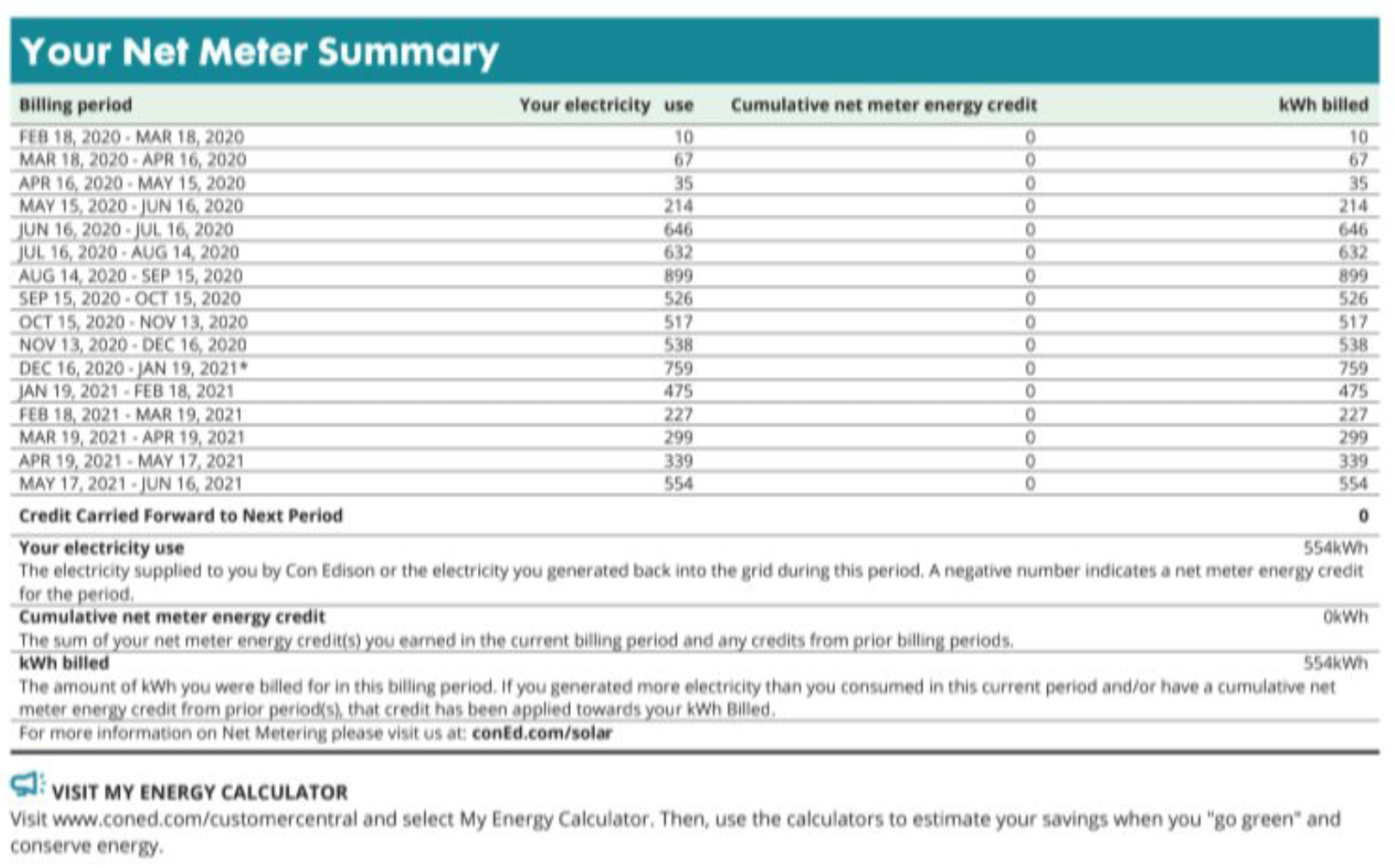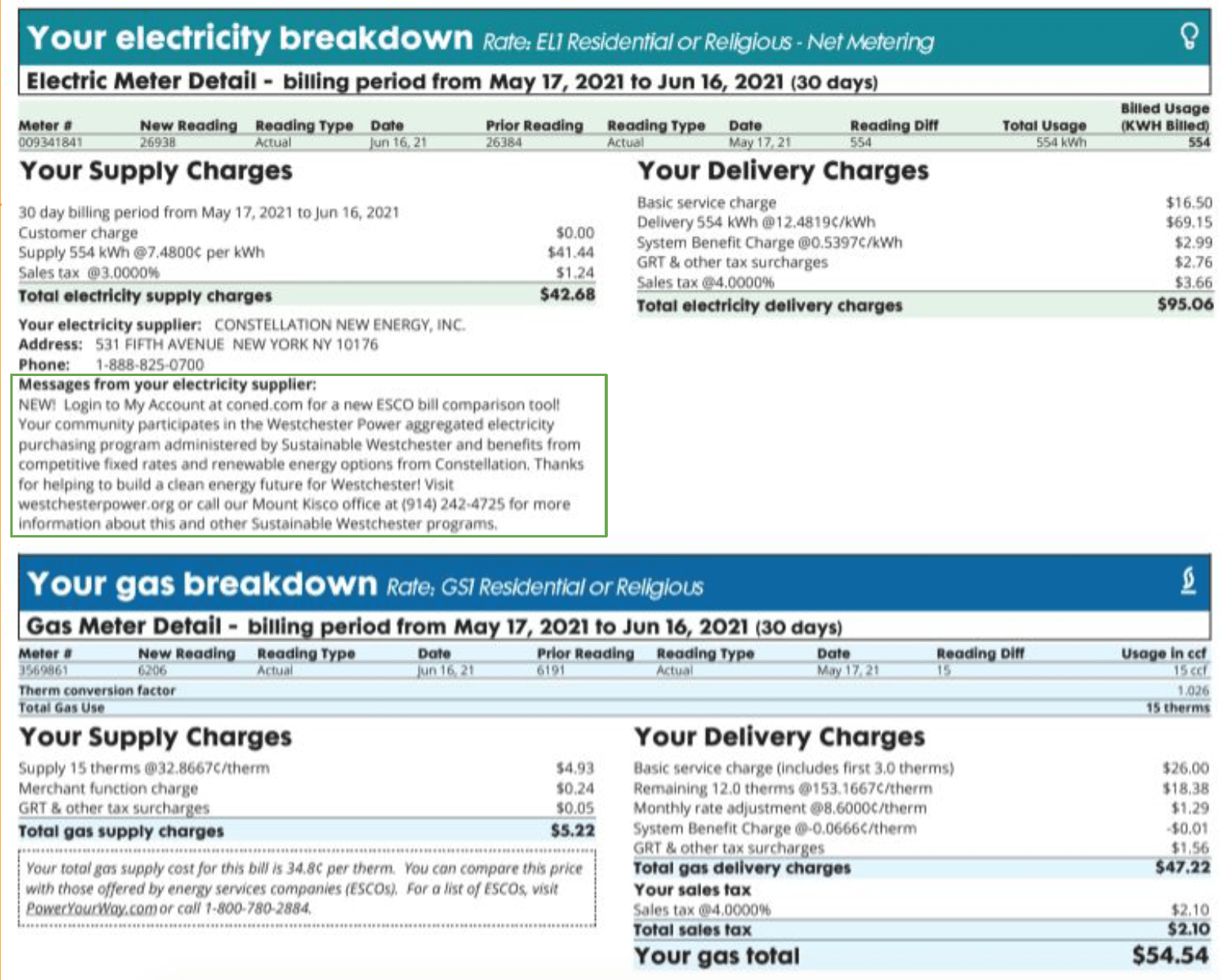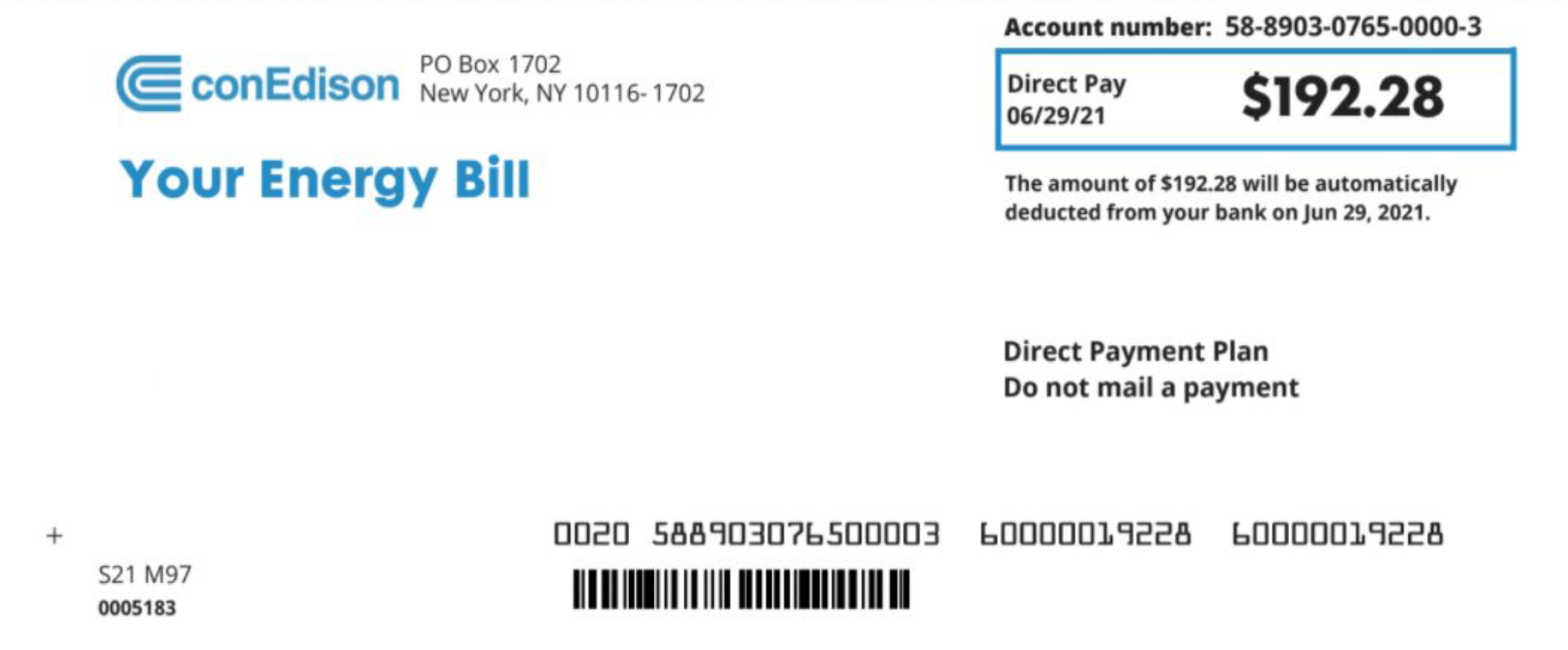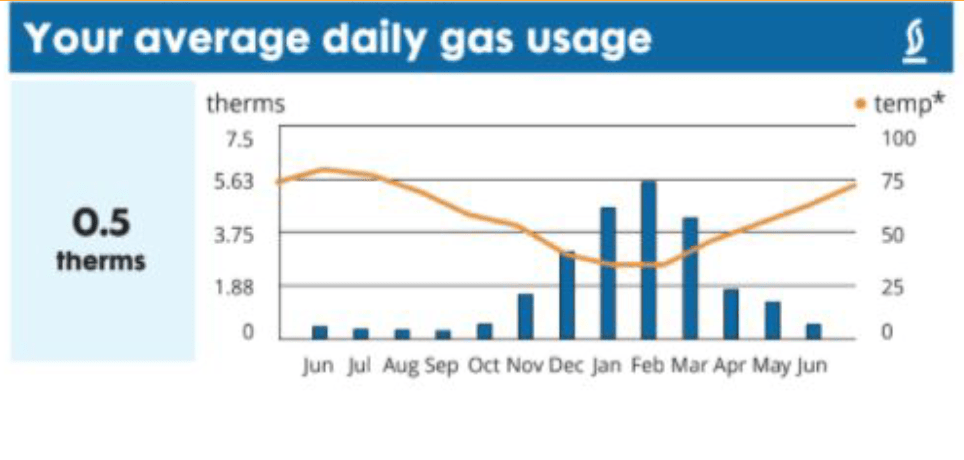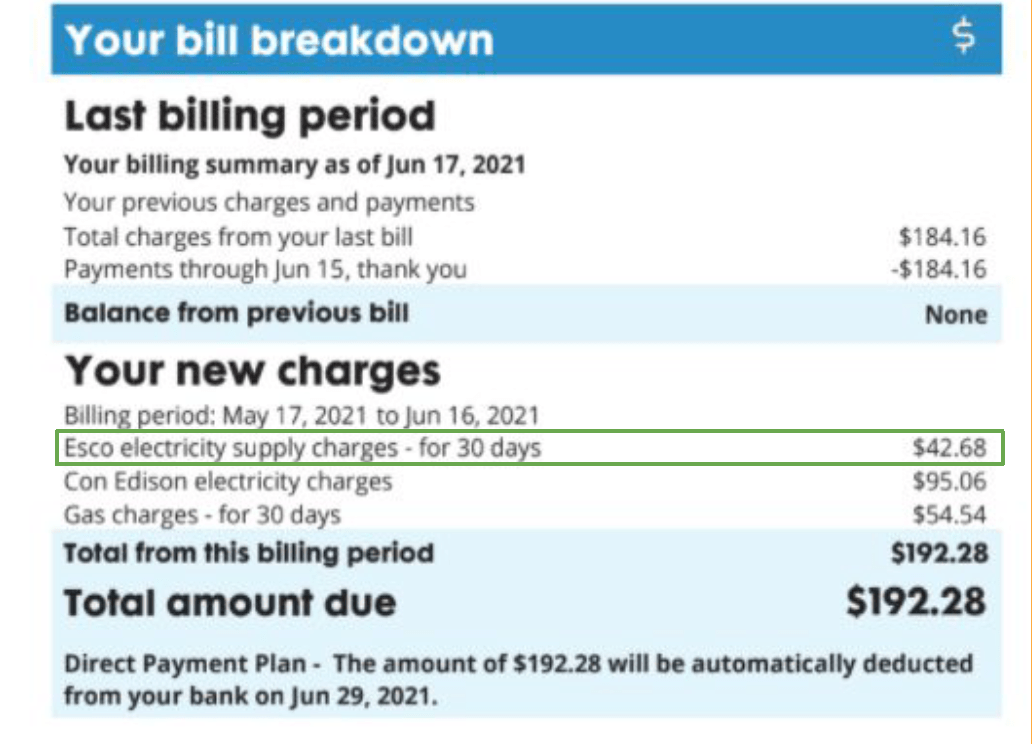EV’s Deliver on Performance & Savings!
Driving Toward A Clean Energy Future.
In the long run, operating an EV is cheaper than a traditional gas guzzler, and there’s the added bonus of reducing your carbon footprint. That being said, there are some costs you’ll need to consider, such as the increase on your electricity bill, the cost of installing the EVSE and the cost to upgrade your circuit breaker.
Here some tips to cut costs and drive for free:
1. According to NYSERDA: Utilities in New York State are promoting the use of electric cars by offering discounts, charging stations and reduced electric rates for charging at off-peak times all in the name of friendly energy. To learn more about this, please visit NYSERDA’s website through this link.
2. When a person owns a home, they look to save on all appliances. Consider your EV an appliance too, so here are ways to save energy from our new and noteworthy Energy Star homes program. Looking to lower your electricity bill? Switch incandescent light bulbs to LEDs and turn off lights and electronics when they’re not in use. Simple green actions at home can reduce your electricity bill by as much as $50 per month. That’s how you begin to see the very real value in purchasing an EV.
In the US, the average cost of electricity is 12 cents per kWh. This means that on average you’ll pay hundreds of dollars per year to charge your vehicle. Compare this to thousands of dollars, which is the average annual cost of gas. You’ll also avoid routine oil changes and reduce your overall maintenance costs. As an added bonus, you can use your own solar or community solar power to lower your energy costs even more!
3. Installing the correct circuit breaker is a necessary step to ensure the operation of your EV Charger. According to PluginCars.com, a compelling authority on all things EVs, the average cost of comparable and durable EVSE is between $600 and $700, and will be a one-time purchase. Keep in mind that you will have to consider whether you’ll need professional installation, which will be a standard per hour rate in addition to the breaker box. But all in all, if your current circuit breaker is already rated for at least 40 amps, you can leave it be. If not, you’ll need to upgrade.




Types of Residential EVSE
Basically, there are three types of electric vehicle chargers, level one, level two, and DC fast charging. Level one charging is your standard 120-volt household outlet. You can charge your EV in a standard household outlet, but why would you want to? This method is slow that it will only allow your vehicle to travel up to five miles per hour of charging. Your best bet is to invest in a charger made for electric vehicles.
Most owners choose a level two wall-mounted charger, which provides 240-volts. If you’re not familiar with electrical wiring, you’ll need an electrician to install and mount the device for you. The charger should provide between 10 and 20 miles of travel per hour of charge. If that’s not fast enough for you, there’s always the DC fast charger, which provides an 80 percent charge in roughly thirty minutes.
Overall, purchasing and installing an EVSE will require a small investment; however, the money you’ll save in fuel costs will more than pay for itself in the long run. If you can’t afford an EVSE right now, don’t let that stop you from purchasing an EV. Consider using your electricity outlets to charge your vehicle while you’re saving the funds to install the EVSE; or, you can choose a hybrid vehicle that doesn’t require home charging, but will require stops at the fuel pump from time to time.
One of our program partners BLINK Charging has a home charger available.
If you’re interested, email [email protected] and he’ll get you a discounted charger for your home.
